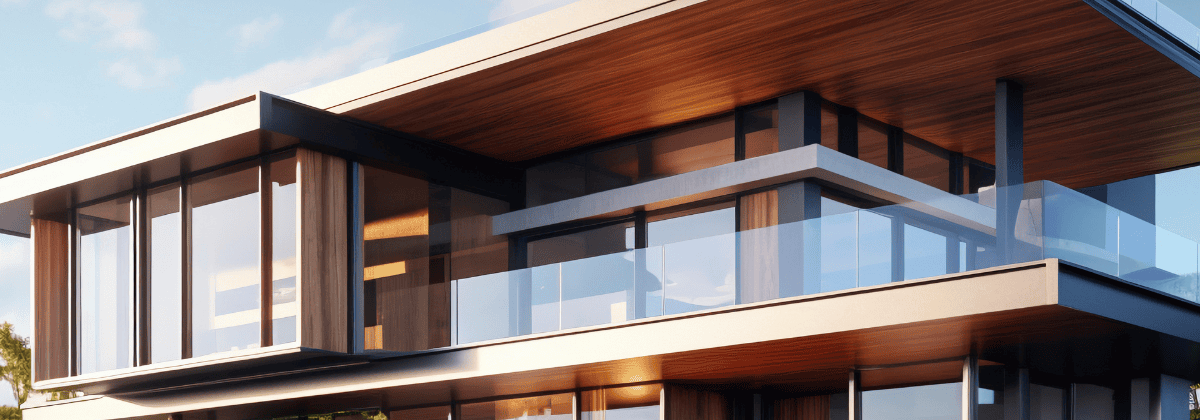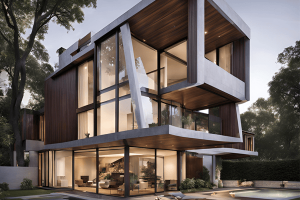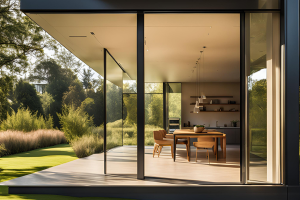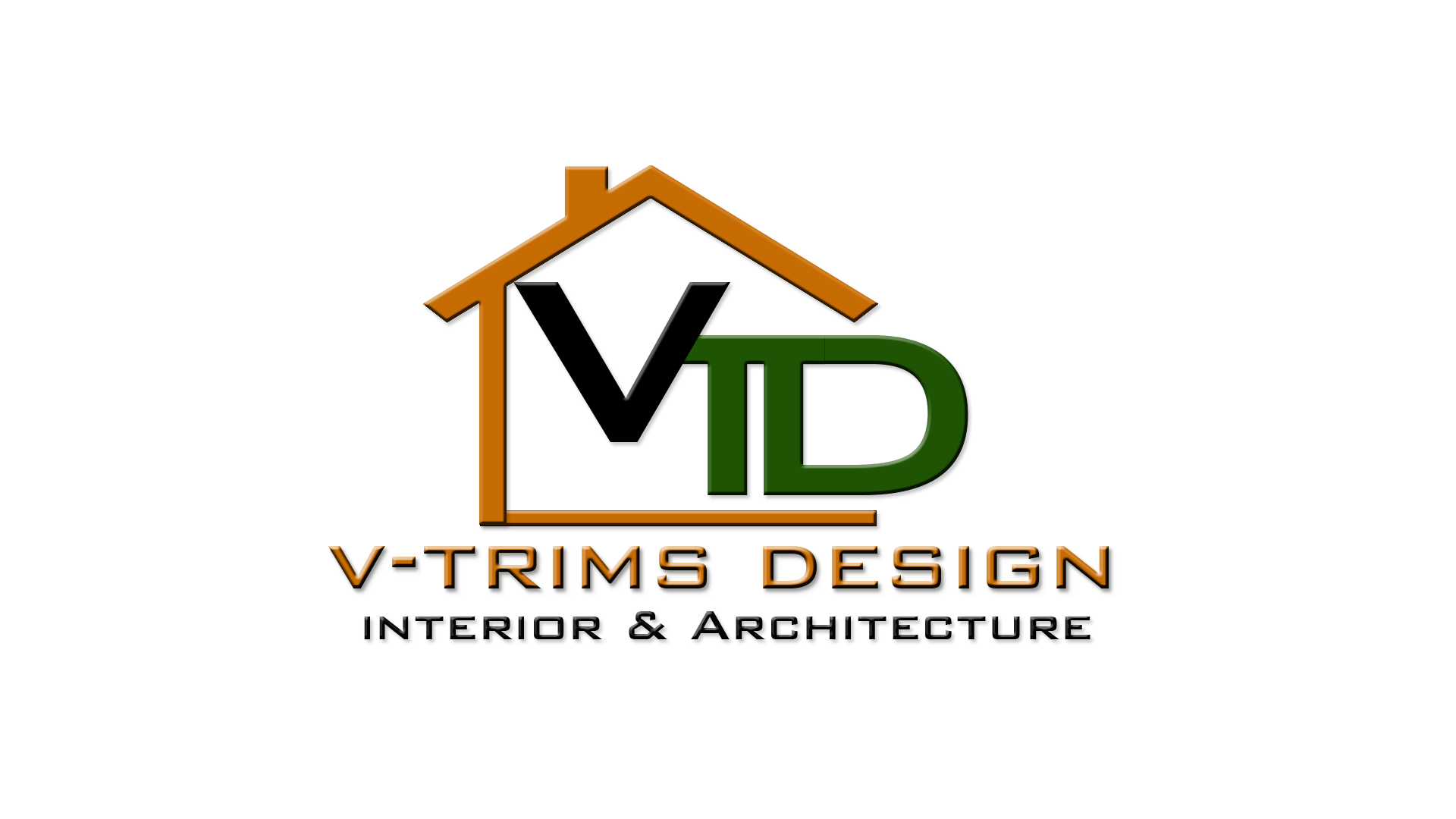NIKHIL GAMING.
2 months ago

When it comes to creating the perfect home, there’s no one-size-fits-all approach. Residential architecture is an art that blends aesthetics with functionality, ensuring that every corner of your home feels uniquely yours. Whether you’re drawn to the sleek lines of modern designs, the warm embrace of traditional styles, or the clean simplicity of minimalism, understanding key design principles can help you choose the ideal look and feel for your space.
In this post, we’ll dive into the various home styles, design elements, and principles that make residential architecture so fascinating. Whether you’re building from scratch or redesigning an existing space, these insights will guide you toward creating the home you’ve always envisioned.
When designing your dream home, the style you choose plays a crucial role in shaping its overall feel and functionality. From the sleek, open spaces of modern design to the timeless warmth of traditional architecture, and the clean simplicity of minimalist homes, each style offers unique benefits. Understanding these styles allows you to select one that not only fits your personal taste but also complements your lifestyle and the way you want to live in your space.

Modern residential architecture is characterized by clean lines, open spaces, and a harmonious relationship between the indoors and outdoors. It embraces simplicity and innovation, making it a popular choice for those seeking a stylish, contemporary feel.
If you’re drawn to a home that feels fresh, airy, and cutting-edge, modern architecture could be the perfect fit.
Traditional homes evoke a sense of nostalgia and timelessness, rooted in classical design principles. They are perfect for those who want a home with character and charm. While the design can vary depending on location, traditional homes are typically built with a sense of symmetry and proportion, creating a balanced, welcoming feel.
For those who appreciate a refined, yet cozy environment, traditional architecture offers a perfect solution that stands the test of time.
Minimalist architecture is all about stripping down the design to its essential elements, creating a space that’s calm, uncluttered, and serene. This style promotes simplicity, functionality, and an emphasis on quality over quantity. The result is a home that feels peaceful, organized, and sophisticated without being overwhelming.
If you desire a home that promotes clarity, peace, and simplicity, minimalist design might be just what you need to create your perfect living space.
Now that we’ve explored some of the most popular architectural styles, let’s look at the key design principles that every residential architect considers when creating a home.
The most important aspect of any home is that it works for the people who live in it. Before diving into aesthetic details, consider how you will use each space. Do you need a large kitchen for entertaining? Do you want separate spaces for work and play? A functional home will make everyday life easier and more enjoyable.
In both traditional and modern designs, proportion and scale are essential for creating harmony and balance. A room that is too large for the furniture it contains can feel empty and uninviting, while a room that is too small can feel cramped. Finding the right proportions ensures that each space feels balanced and comfortable.
Natural light plays a crucial role in the success of any residential design. Large windows, skylights, and open spaces help bring light into every room, making the home feel more expansive and welcoming. Additionally, good airflow is vital for comfort and energy efficiency, allowing the home to feel fresh and pleasant at all times.
A strong connection to the outdoors can enhance your home’s sense of tranquility. Whether it’s through expansive windows, sliding glass doors, or outdoor living areas, bringing nature into the home can elevate its overall atmosphere.
With growing environmental concerns, sustainable design practices are becoming a crucial consideration in residential architecture. From energy-efficient appliances to solar panels and green roofing, sustainable design is essential for reducing a home’s ecological footprint and ensuring long-term efficiency.

Choosing the perfect home design style is only the beginning. Once you’ve selected a style that resonates with you—whether it’s modern, traditional, or minimalist—it’s time to think about the finer details. Each design style offers its own set of unique possibilities, but ultimately, the most important factor is how the design works for you and your lifestyle.
From color schemes to materials and layouts, every element should contribute to the home’s overall sense of harmony and comfort. After all, the perfect home is not just about looking good; it’s about feeling good too.
Residential architecture is an exciting journey that combines style with functionality. Whether you’re drawn to the modern, sleek lines of contemporary design, the timeless elegance of traditional homes, or the serene simplicity of minimalist architecture, there’s a style to suit every taste. The key to designing your perfect home lies in understanding the principles behind each style and making them work for your unique needs.
By considering aspects like functionality, proportion, natural light, and sustainability, you can create a space that not only looks beautiful but feels like home. Start your design journey today, and transform your dream home into a reality.
If you’re looking for expert architects to bring your vision to life, contact Best architecture firm in Lucknow today and let’s create something amazing together!
5 months ago
VTRIM Design isn’t just designing buildings — they’re designing experiences, stories, and lifestyles. Highly recommended for anyone who values quality, aesthetics, and integrity in architecture.
6 months ago
Gajab ke designer h mera ghar bnaya h jabse roz dekh ke unhi ko yad krta hu kya bnaya h.
6 months ago
Best architecture firm in Lucknow. Exceptionally good in terms of designing and service standards. Professionalism and dedication towards each project is outstanding. I Wish them great success in future. Highly recommended go for v-Trims design
6 months ago
VTRIM Design isn’t just designing buildings — they’re designing experiences, stories, and lifestyles. Highly recommended for anyone who values quality, aesthetics, and integrity in architecture.
6 months ago
Best interior designer in lucknow and best creativity work in interior design
6 months ago
I'm painter and i have been working for long time with v-trims design . This fir is done many attractive projects
6 months ago
"VTRIMS Design truly listens to your needs and offers creative solutions. Their team is very responsive and skilled. Highly professional."
6 months ago
Excellent company.The team is young,talented,and very passionate about design
6 months ago
"If you're looking for modern and elegant interiors, VTRIMS Design is the go-to place. Loved their approach, especially the 3D visuals before execution."
6 months ago
⭐⭐⭐⭐⭐ "From concept to completion, everything was handled with perfection. The team is young, talented, and very passionate about design."
6 months ago
⭐⭐⭐⭐⭐ "Loved working with them! My kitchen and dining space look like something out of a magazine. Superb craftsmanship."
6 months ago
It's nice company work is very fast trustable company Clint always happy interior design so attractive and amazing team all good❤️❤️
6 months ago
⭐⭐⭐⭐⭐ "Very professional team! They handled my 3BHK interior project beautifully. Timely delivery and unique designs. Thank you VTRIMS Design."
6 months ago
"Very professional team! They handled my 3BHK interior project beautifully. Timely delivery and unique designs. Thank you VTRIMS Design."
6 months ago
"Brilliant design, smooth execution and a truly professional team. They turned our vision into a beautiful, functional space we know call home . Highly recommended! "
6 months ago
V Trims is a firm with young and dynamic Architects who are very innovative in designing. They make very good looking contemporary structures with clean finish
6 months ago
Exceptional creativity and execution! The design team perfectly understood our vision and brought it to life with style and functionality. Professional, detail-oriented, and truly passionate about their work. Highly recommended for anyone looking to elevate their space!
6 months ago
They are doing very well construction finishing as welll best wishes for future endeavours
6 months ago
it's too good . There way of talking there designs everything is totally wonderful you all will like their presentation
6 months ago
First of all thanks for V trims design team provided good quality of work unique design i have batter expression with them this credit total goes to Ar vinod Chauhan sir
6 months ago
Just wanted to say a sincere thank you for all the work you have done for us in creating our amazing new space. We love it and were continually impressed by your professionalism, attention to detail, care and the support you provided us during this project. You made the process so easy for us and we are very grateful.
6 months ago
The man behind V-Trims is wow....Hire & give your dream home or Project a wow !!
6 months ago
Keep it up, you’re doing a great job in building architectures. All the best.
6 months ago
"V Trims Design Company is a game-changer in the architectural design field, delivering innovative and functional designs that exceed expectations. Their expertise and attention to detail make them a top choice for any design project."
6 months ago
"Highly impressed every detail reflected thoughtful design and quality craftsmanship.
6 months ago
"Highly impressed with their creativity and professionalism! Good working company... 💪
6 months ago
"Highly impressed with their creativity and professionalism! The team delivered a perfect blend of aesthetics and functionality. Every detail reflected thoughtful design and quality craftsmanship.
6 months ago
Every detail, from the foundation to the finishing, shows top-notch craftsmanship of V-Trims Designs.
6 months ago
"Very professional team! They handled my 3BHK interior project beautifully. Timely delivery and unique designs. Thank you VTRIMS Design."
6 months ago
V-trims Design (Architectural & Interior Design) deals all types of building design, interior design, survey, layout plans for plottings. They provide best quality service at affordable price in U.P.
6 months ago
V-Trims provides exceptional service with a team that's responsive and professional. Their attention to detail and commitment to quality make them a top choice for Architect and interior design.
6 months ago
The firm and its supporting team are genuinely sincere and dedicated.
6 months ago
A really great firm with amazing designs with state of the art features. Decent cost and one of the most disciplined and dedicated team an individual as a client can ask for with very smooth execution.
6 months ago
Sir your work is very beautiful The interior design you have done is beyond comparison. The elevations you have made, the plantation you have done and your team working is very good. I pray to Allah that you get a lot of success.
6 months ago
The trendsetting and innovative architectural capabilities of Vinod and his team set them apart as leaders in the industry.
6 months ago
They managed the project effectively, keeping us on schedule and within budget." or "We were particularly impressed with their ability to adapt to unexpected challenges." "They skillfully addressed any challenges that arose during the project, finding creative solutions."
6 months ago
One of the best architect firm in lucknow There is a lot of cleanliness in their work, all the staff is experienced and well trained, I will always recommend V trims to everyone
6 months ago
"From concept to completion, everything was handled with perfection. The team is young, talented, and very passionate about design."
6 months ago
Very good experience with v-trim team and good supportive team for all the movement to built your dream home...Thanks v-trims ...🙏🙏
6 months ago
Top best Architect for lucknow please contact to V trims Design for every type of Buildings design & Interior/Exterior designing......
6 months ago
Here's a 5-star rating review for V-Trims Design | Architect & Interior: ⭐⭐⭐⭐⭐ Exceptional Design and Professionalism! I had an amazing experience working with V-Trims Design. Their attention to detail, innovative ideas, and seamless execution truly set them apart. From the initial consultation to the final touches, their team was professional, creative, and responsive to every need. They transformed my space into something both beautiful and functional, exceeding my expectations in every way. Highly recommended for anyone looking for top-tier architectural and interior design services!
6 months ago
"VTRIMS design transformed my home into a dream space! Their attention to details and creativity blew me away . Highly recommended for premium interior design in lucknow .
6 months ago
"VTRIMS Design transformed my home into a dream space! Their attention to detail and creativity blew me away. Highly recommended for premium interior design in Lucknow."
6 months ago
"If you're looking for modern and elegant interiors, VTRIMS Design is the go-to place. Loved their approach, especially the 3D visuals before execution."
6 months ago
Very professional team! They handled my 3BHK interior project beautifully. Timely delivery and unique designs. Thank you VTRIMS Design.
8 months ago
"One of the rare firms that balance creativity, technology, and budget without compromising quality. Absolutely worth it!"
11 months ago
Top-Tier Architectural Expertise in Lucknow! Vtrims Design is undoubtedly one of the best architecture firms in Lucknow, offering innovative and aesthetically stunning designs that perfectly blend functionality with creativity. As a leading architect in Lucknow, their team excels in residential, commercial, and interior design projects, delivering outstanding results tailored to client needs. Their expertise in modern architectural solutions, space planning, and sustainable designs sets them apart. Whether you're looking to design a luxurious home, a contemporary office, or a commercial space, Vtrims Design ensures every project is executed with precision and excellence. If you're searching for a trusted and experienced architect in Lucknow, look no further than Vtrims Design. Their professionalism, attention to detail, and commitment to quality make them the go-to choice for architectural services. Highly recommended!
V-Trims Design is an architectural design and construction company in Lucknow founded by young entrepreneurs with a love of design and the belief that every home should be designed to impress and that every person should have a designer lifestyle.
